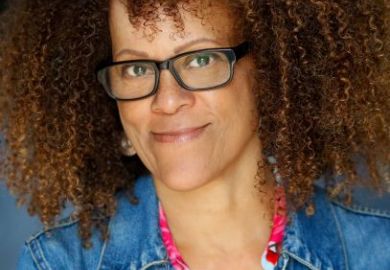As so often, Shakespeare got to the heart of the matter. Florizel realises the true nature of dance: When you do dance, I wish you A wave on the sea, that you might ever do Nothing but that; more still; still And own no other function.
The self-sufficiency of the dancer fuses form and meaning, expressing what words cannot. Many 19th-century innovative writers drawing mainly upon the gospels of Matthew and Mark were smitten with the idea of Salome and her cold virginal power, though Heine's Atta Troll which began the fashion was a folksy knockabout.
This book traces various treatments of the theme by such writers as Heine, Heywood, Banville, Flaubert, Lorrain, Huysmans, La Forgue, Wilde and Arthur Symons, from whom Yeats learned about French symbolism. The second chapter outlines Japanese cultural influence, the third discusses the performances and effect of dancers who include Loie Fuller, Isadora Duncan and Ninette de Valois (who set up the Abbey School of Ballet in 19 and danced in several of Yeats's plays), and the fourth chapter examines Yeats's dance plays.
Yeats's approach differed from his predecessors', probably because he met dancing in Gaelic mythology and folklore in his youth in Sligo and subsequent reading. Long before he knew of French symbolism his poems included dancing as a faery activity - Oisin spends 100 years on the Island of Dancing in The Wanderings of Oisin (1889).
The Land of Heart's Desire (1894) included dancing written in for the faery child, Dorothy Paget (later a supporter of Birkin and the Blower Bentleys), hardly an integral part of the play. Not until 1899 did Yeats link "The Hosting of the Sidhe" of 1893 with the Daughters of Herodias. He was catching up with his predecessors. In "The Double Vision of Michael Robartes" (1918) the dancer has "outdanced thought". Loie Fuller and the Daughters of Herodias appear in "Nineteen Hundred and Nineteen" of 1921.
Yeats used dance when language was insufficient to convey great passion, but he left the dance to the dancers. He experimented continuously, blending and counterpointing narration, verse, music and dancing, dance conveying the inexorability of fate in his head-severing plays of 1935, A Full Moon in March and The King of the Great Clock Tower, and in The Death of Cuchulam of 1939. Sylvia Ellis concentrates mainly on Four Plays for Dancers (1921) seeing On Baile's Strand (1904) as their precursor, a view anticipated by Masaru Sekine, who has shown this play employs techniques similar to those of the Noh to which Pound introduced Yeats in 1913.
Typical of a tendency to spell everything out to book length, this study needed rigorous editing - excerpts from Holloway's idiosyncratic diary seem little more than padding. It draws our attention, however, to Yeats's developing use of dancing, about which he probably knew as much as he did about music. For him dancing was richly symbolic, going back to memories of Sligo where, in Shakespeare's phrase that he re-used, folk danced at Dooney "like a wave of the sea".
A. Norman Jeffares is emeritus professor of English studies, University of Stirling.
The Plays of W.B. Yeats: Yeats and the Dancer
Author - Silvia C. Ellis
ISBN - 0 333 60498 9
Publisher - Macmillan
Price - £40.00
Pages - 370
Register to continue
Why register?
- Registration is free and only takes a moment
- Once registered, you can read 3 articles a month
- Sign up for our newsletter
Subscribe
Or subscribe for unlimited access to:
- Unlimited access to news, views, insights & reviews
- Digital editions
- Digital access to THE’s university and college rankings analysis
Already registered or a current subscriber? Login



